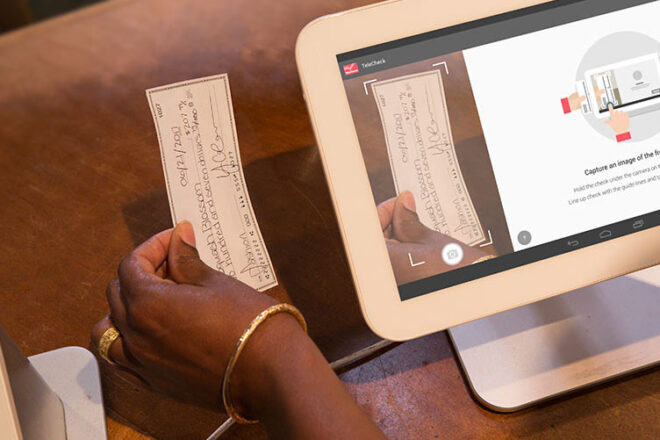Although cash is convenient for smaller one-off transactions, using paper money carries a number of hidden costs when you factor in theft, misplaced change, ATM fees, and time spent retrieving or depositing dollars.
This is why many U.S. shoppers continue to embrace other payment methods. What’s truly interesting is that these preferences often vary considerably across different age groups.
How senior citizens like to pay
Although retirees use a number of payment methods, they’re some of the biggest users of American Express (Amex) and paper-based checks — both of which have certain pros and cons:
- Amex’s main appeal is prestige, which is why it’s also a popular payment method among high-income earners. The downsides include high annual fees and limited acceptance — at least compared to other credit cards.
Checks are an obvious favorite. This applies to 68 percent of those over age 65 who prefer postal mail to email. The downside of checks is cost — after factoring in envelopes, printing, processing delays, stamps, and trips to the post office.
How middle-aged adults like to pay
The Generation X crowd strongly favors plastic, and this makes sense since they came of age during the golden years of the credit card boom. More than any other generation, these buyers were the driving force behind the “swipe-and-sign” culture of the 1970s and 1980s. Many from this same group sometimes find the “dip-and-PIN” culture of EMV (Europay, MasterCard and Visa) cards a bit confusing.
The allure of credit cards is easy to understand. Adults in this group tend to have higher incomes and longer credit histories. Plastic allows them to indulge their more expensive buying habits. The downside of credit cards? The high fees and ever-present threat of data breaches. However, the rise of EMV payments is helping to combat credit card fraud.
How Generation Y (millennials) likes to pay
Those born in the 1980s and early 1990s have the most varied payment preferences. They’re old enough to have grown up with credit cards and checks — but young enough to understand the appeal of digital technologies like PayPal, mobile payments, and online shopping. More than any other age group, Generation Y shoppers rely heavily on cash.
Somewhat surprising is the group’s embrace of prepaid cards — a trend that continues to grow every year. Having to fill a card periodically may not seem convenient. However, remember that millennials are often too young or lack sufficient credit history to qualify for more traditional forms of plastic.
How Gen Z likes to pay
Not surprisingly, younger consumers gravitate toward electronic payment methods — from peer-to-peer payments to mobile wallets to eCommerce. After all, they grew up in the digital age. With the oldest members of this generation now graduating college and beginning to enter the workforce, they desire speed, personalized experiences, and loyalty programs. Additionally, seeing family members and friends go through the recession of 2008 has conditioned them to avoid going into debt and overspending.
What payment methods should you offer your customers?
If the majority of your clients are in any of the age groups above, you should focus most of your efforts on their buying preferences – e.g., Amex for seniors or NFC payments for millennials and Gen Z.
Yet, the safest approach is to accept as many payment types as you can. This allows you to cast the widest net possible.
Ready to learn more?
To learn about our host of merchant services and payment processing solutions, contact our merchant services team today.
Ecommerce
Is ACH secure?
The Automated Clearing House (ACH) is a federally-regulated electronic network used by banks to send and receive bill payments, eChecks, direct deposit statements,...
Read more






